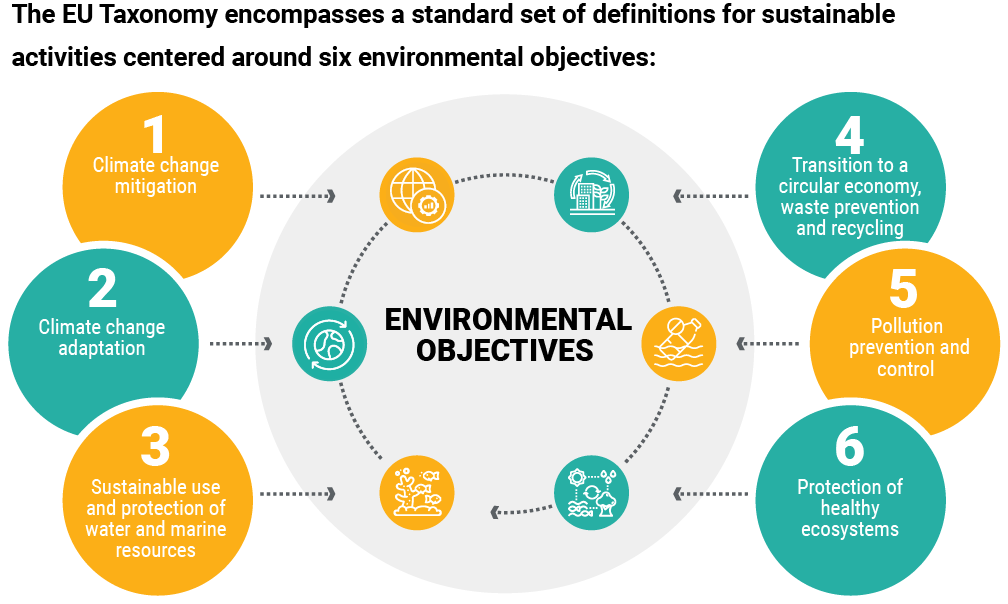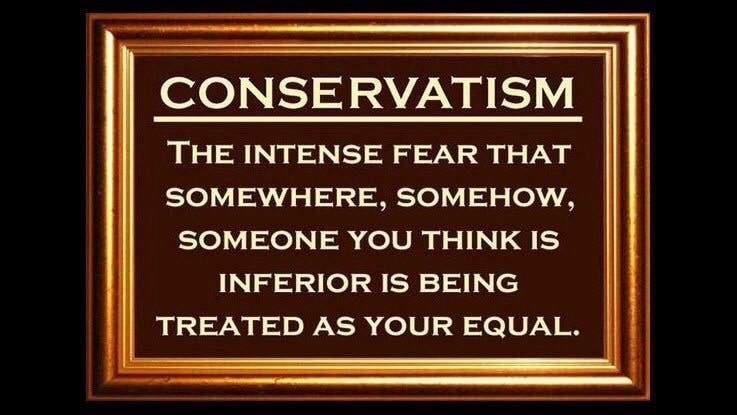
Carbon inequality is extreme, not only globally, but also within the EU. And it is increasing.
There is no climate justice without capping income and wealth. 1.5-degree lifestyles require sufficiency and equity. https://t.co/x9fv4xxFIk pic.twitter.com/KpX6vr3Ysx
— Matthias Schmelzer (@MGSchmelzer) January 20, 2022
The European Green Deal comprises the legislative and policy architecture necessary to transform the EU’s pledge of climate neutrality- by 2050, into reality. The Deal sets out the EU’s objective to mainstream the 2050 climate-neutrality goal in all EU policies.
Source: European Commission
How can Europe best tackle climate change and environmental challenges?
The future is in your hands. Make your voice heard.
Climate change and environmental degradation are an existential threat to Europe and the world.
To overcome these challenges, the European Green Deal will transform the EU into a modern, resource-efficient, and competitive economy, ensuring:
- no net emissions of greenhouse gases by 2050
- economic growth decoupled from resource use
- no person and no place left behind
The European Green Deal is also our lifeline out of the COVID-19 pandemic. One-third of the 1.8 trillion euro investments from the NextGenerationEU Recovery Plan, and the EU’s seven-year budget will finance the European Green Deal.
The European Commission adopted a set of proposals to make the EU’s climate, energy, transport, and taxation policies fit for reducing net greenhouse gas emissions by at least 55% by 2030, compared to 1990 levels. More information on Delivering the European Green Deal.
Why do we need an EU taxonomy?
In order to meet the EU’s climate and energy targets for 2030 and reach the objectives of the European green deal, it is vital that we direct investments towards sustainable projects and activities. The current COVID-19 pandemic has reinforced the need to redirect money towards sustainable projects in order to make our economies, businesses and societies – in particular health systems, more resilient against climate and environmental shocks.
To achieve this, a common language and a clear definition of what is ‘sustainable’ is needed. This is why the action plan on financing sustainable growth called for the creation of a common classification system for sustainable economic activities, or an “EU taxonomy”.
What is the EU taxonomy?
The EU taxonomy is a classification system, establishing a list of environmentally sustainable economic activities. It could play an important role in helping the EU scale up sustainable investment and implement the European green deal. The EU taxonomy would provide companies, investors, and policymakers with appropriate definitions for which economic activities can be considered environmentally sustainable. In this way, it should create security for investors, protect private investors from greenwashing, help companies to become more climate-friendly, mitigate market fragmentation and help shift investments where they are most needed.
Taxonomy Regulation and delegated acts
The Taxonomy Regulation was published in the Official Journal of the European Union on 22 June 2020 and entered into force on 12 July 2020. It establishes the basis for the EU taxonomy by setting out 4 overarching conditions that an economic activity has to meet in order to qualify as environmentally sustainable.
The Taxonomy Regulation establishes six environmental objectives
[In essence, adaptation can be understood as the process of adjusting to the current and future effects of climate change. Mitigation means making the impacts of climate change less severe by preventing or reducing the emission of greenhouse gases (GHG) into the atmosphere.]
- Climate change mitigation
- Climate change adaptation
- The sustainable use and protection of water and marine resources
- The transition to a circular economy
- Pollution prevention and control
- The protection and restoration of biodiversity and ecosystems
Different means can be required for an activity to make a substantial contribution to each objective.
More information on the Taxonomy Regulation
Under the Taxonomy Regulation, the Commission had to come up with the actual list of environmentally sustainable activities by defining technical screening criteria for each environmental objective through delegated acts.
A first delegated act on sustainable activities for climate change adaptation and mitigation objectives was approved in principle on 21 April 2021, and formally adopted on 4 June 2021 for scrutiny by the co-legislators. A second delegated act for the remaining objectives will be published in 2022.
The publication of the first delegated act was accompanied by the adoption of a Commission Communication on ‘EU taxonomy, corporate sustainability reporting, sustainability preferences, and fiduciary duties: Directing finance towards the European green deal’ that aimed at delivering key messages on how the sustainable finance toolbox facilitates access to finance for the transition. This Communication builds on the transition finance report adopted by the Platform on Sustainable Finance in March 2021.
On 6 July 2021, the Delegated Act supplementing Article 8 of the Taxonomy Regulation was adopted by the Commission for scrutiny by the co-legislators. This delegated act specifies the content, methodology, and presentation of information to be disclosed by financial and non-financial undertakings concerning the proportion of environmentally sustainable economic activities in their business, investments, or lending activities.
More information on the delegated acts
Assessment of nuclear energy
Following the political agreement on the Taxonomy Regulation between co-legislators, in 2020 the Commission launched in-depth work to assess whether or not to include nuclear energy in the EU taxonomy of environmentally sustainable activities.
Taxonomy compass
The Commission created an IT tool – the taxonomy compass – that will facilitate the use of the taxonomy by allowing users to navigate easily through its contents.
Further development: the Platform on sustainable finance
The development of the EU taxonomy relies on extensive input from experts from across the economy and civil society. This is why the Platform on sustainable finance is tasked with advising the European Commission on further developing the EU taxonomy, improving its usability, and exploring its expansion to social objectives, activities that significantly harm the environment, or activities that are neutral towards the environment.
The Platform on sustainable finance is a permanent Commission expert group that has been established under the Taxonomy Regulation.
More information on the Platform on sustainable finance
Preparatory work: Final report of the TEG
In order to inform its work on the action plan, including on the EU taxonomy, the European Commission established a Technical Expert Group (TEG) on sustainable finance in July 2018.
Within the framework of the Taxonomy Regulation, the TEG was asked to develop recommendations for technical screening criteria for economic activities that can make a substantial contribution to climate change mitigation and adaptation, while avoiding significant harm to the four other environmental objectives (sustainable use and protection of water and marine resources, transition to a circular economy, pollution prevention control, and protection and restoration of biodiversity and ecosystems).
On 9 March 2020, the TEG published its final report on EU taxonomy. The report contains recommendations relating to the overarching design of the EU taxonomy, as well as extensive implementation guidance on how companies and financial institutions can use and disclose against the EU taxonomy. The report is supplemented by a technical annex containing
- Updated technical screening criteria for 70 climate change mitigation and 68 climate change adaptation activities, including criteria for do no significant harm to other environmental objectives
- An updated methodology section to support the recommendations on the technical screening criteria
The TEG has also prepared excel tools to help users of the Taxonomy to implement it in their own activities.
This report builds on the work that the TEG published in June 2019 and the early feedback report published in December 2018. Both reports were subject to an open call for feedback to gather views from stakeholders. The responses authorized for publication can be found below:
- responses on the first call for feedback
- responses to the second round of feedback on the June 2019 report
In order to respond to the most frequently asked questions by stakeholders about the TEG’s final report and the Commission’s next steps, a joint document with frequently asked questions has been published by the Commission and the TEG.
During its mandate, the TEG also engaged with over 200 additional experts to develop their recommendations for the technical screening criteria.
Frequently asked questions
- What is the EU taxonomy and how will it work in practice?
- Questions and Answers: Taxonomy Climate Delegated Act and Amendments to Delegated Acts on fiduciary duties, investment and insurance advice
- What is the EU taxonomy Article 8 Delegated Act and how will it work in practice?
- How should financial and non-financial undertakings report taxonomy-eligible economic activities and assets in accordance with the Taxonomy Regulation Article 8 Disclosures Delegated Act?
Documents
- Taxonomy Regulation
- Final report on EU taxonomy
- Technical annex to the final report on EU taxonomy
- Factsheet: Financing sustainable growth
- Excel tool – TEG report on EU taxonomy




7 Comments
Pingback: Natural gas is a fossil fuel, but the EU Taxonomy for Sustainable Activities will likely greenwash it - Bergensia
Pingback: bonanza178
Pingback: เทรดทอง
Pingback: Fake site and will take your money! Beware of uplinke.com Spam and make your site go down. Too good to be true SCAM
Pingback: fifa55
Pingback: เด็กหลอดแก้ว
Pingback: gary payton cookies disposable pen